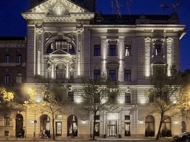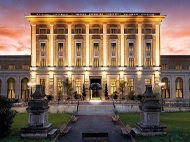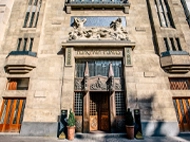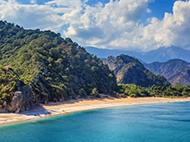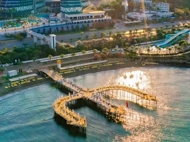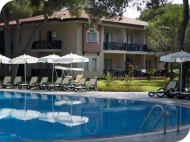holiday search

Green Grotto Caves Jamaica
While Jamaica might be famous for its sun-drenched beaches, swaying palms and stunning scenery, not all the best attractions are above ground. Travel to Runaway Bay on the north coast of the island and you'll find one of Jamaica's most spectacular underground attractions, the Green Grotto Caves. Much more than simply a geological wonder, the Green Grotto Caves are part of Jamaica's history and have even acted as a backdrop in one of the James Bond movies.
Inhabitants of the Green Grotto
The caves take their name from the bright green algae that covers the walls. Today, they're one of the island's most popular attractions, but the Green Grotto Caves are not just a natural wonder. They were originally used as homes by Jamaica's first inhabitants, the Tano Indians, who arrived between 600AD and 900AD. Centuries later, they were used as a hideout by pirates who wanted to avoid a run-in with the authorities or were looking for a temporary place to stash their booty. In the 17th Century, Spanish refugees hid in them while attempting to escape the British invasion.Changing names
The caves haven't always been known as the Green Grotto Caves. In the 18th Century they were known as the Runaway Bay Caves, after the slaves who used them to hide in before making a bid for freedom. In the 20th Century, they were used by the Jamaican government to store rum and were nicknamed ”The Rum Caves'. With the caves covering more than 1,500m and plunging down more than 12m, it's easy to see why they have been used for such a variety of purposes. In the 1990s, the caves even served their time as an underground nightclub.Who lives there now?
The caves aren't entirely empty, and as part of your guided tour you'll see colonies of nine different species of bat huddled in the ceiling, including Giant Fruit Bats. These winged residents are not dangerous and rarely fly around, preferring to sleep by day. Once you arrive at the Grotto Lake you'll see tiny fish and other marine creatures darting about in the crystal-clear waters. The Wild Caves are left undisturbed to allow the natural ecology to flourish. While most of the caves are floored and easy to navigate, there are one or two parts where a little flexibility is required. The ”Limbo Hole' is a natural space in the limestone which visitors must climb through to get to the next part of the tour. However, it's not a claustrophobic experience and the caves and their linking passages are spacious and well lit. It's worth being aware that at one point your guide will turn the lights off to demonstrate the levels of darkness the early inhabitants must have experienced. Don't panic; it's only for a few seconds.Points of interest
While the tooth-like stalactites and stalagmites are immediately eye-catching, there are other points of interest along the way. Look out for the rock formations that appear to have developed to form a detailed map of the island, and the Drum Stone. The Drum Stone is a unique formation where a thin layer of rock has formed over a hollow, allowing it to be played like a drum. Many guides will point this out and even give you the opportunity to hear some early Jamaican ”rock' music.After the tour
The tour takes around 45 minutes and once you're done, you can enjoy a light meal in the on-site restaurant or browse the gift shop for a memento. It's worth wearing sturdy footwear during your time in the Green Grotto Caves, as some of the ground is rocky and challenging. One of the island's most popular attractions, the caves attract thousands each year. To avoid any queues visit on a Sunday, when fewer people tend to visit. Whether you're a history buff or want a chance to unleash your inner Indiana Jones, these stunning caves ought to be at the top of your to-do list on your holidays to Jamaica.
Best hotels in Runaway Bay
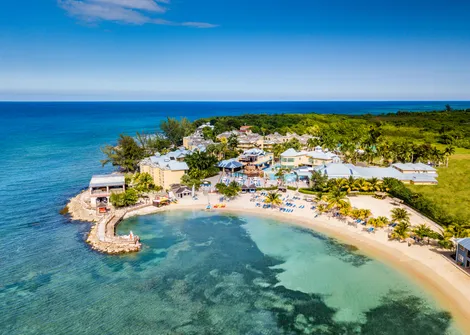
Jewel Paradise Cove Resort & Spa
Jamaica, Jamaica, Runaway Bay
5749 reviews
7 nights
7 nights
from
£1,486
pp
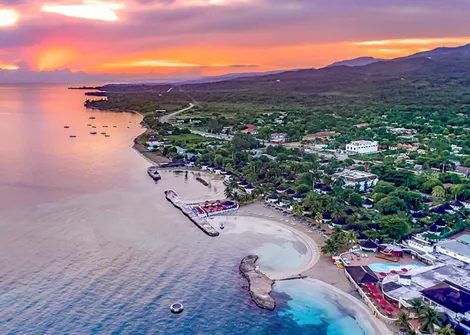
Royal Decameron Club Caribbean (All inclusive)
Jamaica, Jamaica, Runaway Bay
4950 reviews
7 nights
7 nights
from
£1,418
pp
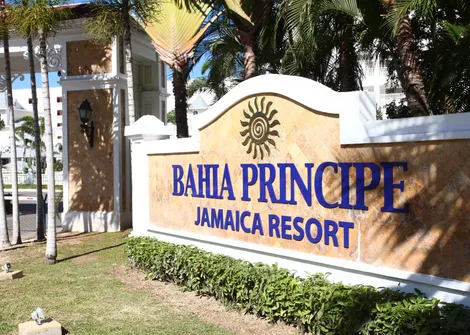
Bahia Principe Grand Jamaica All Inclusive
Jamaica, Jamaica, Runaway Bay
14815 reviews
7 nights
7 nights
from
£1,698
pp


